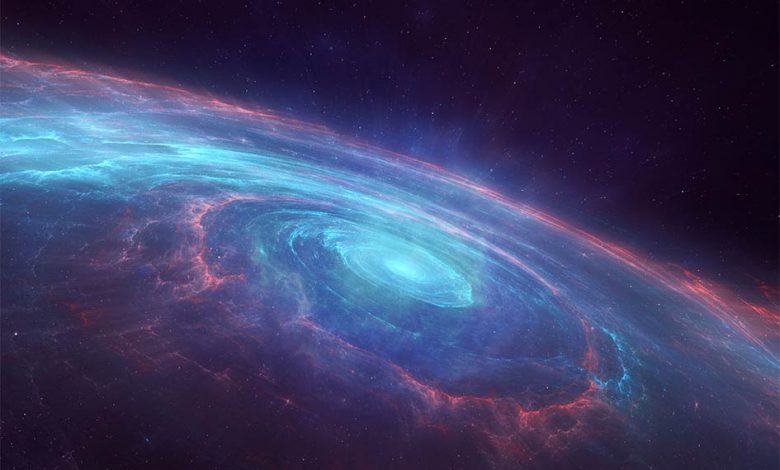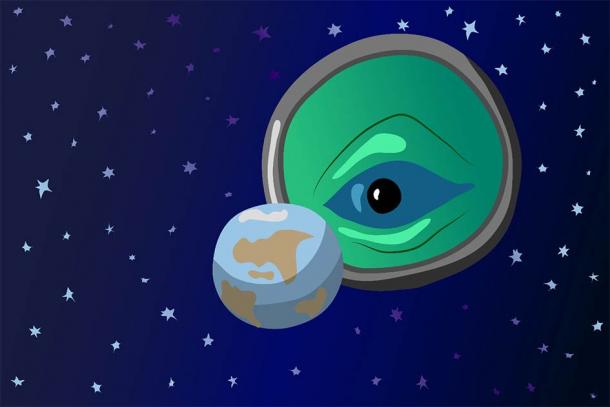U.S. Alien-Hunters Identify 1000 Potential Watching Stations

A scientific team of American alien hunters claims that if advanced life does indeed exist on any one of a 1,000 different star systems, they could be watching Earth right now! American alien hunters are probably the world’s most active and advanced when it comes to this kind of hunting: they have the best equipment and are likely also the best funded. This team’s latest findings suggest new possibilities in the hunt for alien life . . .
American Alien Hunters Say: Someone’s Watching
Looking for exoplanets orbiting remote stars requires American alien hunters and astronomers to fix their telescopes on distant suns and monitor them for dimming, which occurs when a planet passes between the star and the telescope. By analyzing how the light changes as stars dim, scientists are able to determine the chemicals present in the passing planet’s atmosphere. But while this method is revealing, it’s also exceptionally restricted as it only works for planets orbiting between Earth and the observed star.
According to a new study published in the journal Monthly Notices of the Royal Astronomical Society “1,004 star systems are in a direct line of sight to our planet,” and all of them are all close enough to Earth that if any were, or are, inhabited by an advanced lifeform, “they could detect us.”

Are We Being Watched By Aliens Right Now?
Dr Lisa Kaltenegger, a Cornell University astronomer, published a new paper asking some fascinating questions relating to possible alien life from the perspective of alien hunters. For example, which nearby stars are situated appropriately for any inhabitants to watch Earth cross (transit) the sun; and in those star systems, could those life forms detect signs indicating us inhabiting the Earth’s surface? The results of Dr Kaltenegger’s study suggest a great number of nearby stars systems, if inhabited, might have their scientific equipment trained on us right now. And this has also created a lot of excitement among alien hunters.
Russian Billionaire Continues the Search for Extraterrestrial Intelligence
Exo-Geologist Reveals Neolithic Petroglyphs In “Alien Mountain” Caves
More than a dozen mysterious carved discs found near Volgograd, Russia
Humans are bound to a location in spacetime in which we have developed five primary senses tuned for survival on planet Earth. When it comes to monitoring microscopic levels of universal existence, and possible life at vast distances in deep space, we build innovative tools to do these jobs. To assist in this new study the scientists used the Transiting Exoplanet Survey Satellite ( TESS), a scientific weapon on the frontline of space exploration. The scientists said this incredibly advanced satellite would see Earth as “a biosphere in the atmosphere of our Pale Blue Dot.”

Where Could Some Of These Alien Astronomers Be Hiding?
The new alien hunters’ journal study looked at star systems within a distance of 326 light-years from Earth and discovered “1,004” are located in a position from which alien astronomers could see our planet. Furthermore, the researchers stated that “508 have viewing angles that would give them at least 10 hours of observational data every time Earth passed between that location and the Sun.” Based on the study these are the ideal conditions for spotting our little blue-green planet and the signs of life in its atmosphere.
An estimated 5% of these 1,004 stars capable of watching Earth orbiting the Sun are too young for intelligent life to have evolved. However, the research team of alien hunters say the other 95% belong to star categories that can “sustain life for billions of years,” which under the correct conditions is long enough for intelligent life to have evolved.
The Next Steps In The Scientific Quest To Find Alien Life
Most of the 1,004 stars are located at the maximum 326 light-year distance, but the closest one orbiting a sun is only 28 light-years distant from Earth. The alien hunters research team have identified several more that are on a trajectory to enter the Earth’s observation zone by 2044. To advance their research the scientific team of American alien hunters are now planning a reanalysis of the 1,004 stars identified in their paper with SETI’ s Breakthrough Listening program. This program is capable of detecting communications from advanced alien civilizations. SETI scientists look for both microscopic and macroscopic life in outer space with space rovers, orbiters, field expeditions, and radio telescopes.
According to the SETI website, there are “one hundred billion” potentially habitable planets just in our galaxy, and many of the moons, like those orbiting Mars, Jupiter and Saturn , have environments that could also have supported biological life. If you think this is all highly speculative, you would be wrong. This is because with so many potentially life-supporting planets the SETI website says, “it ’s reasonable to imagine that at least some are populated by intelligent beings.” This is good news indeed for all alien hunters!
